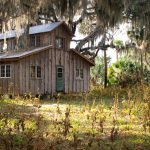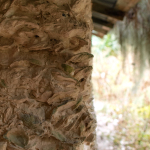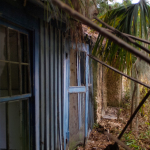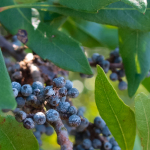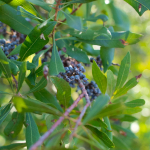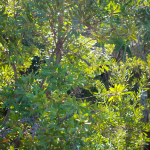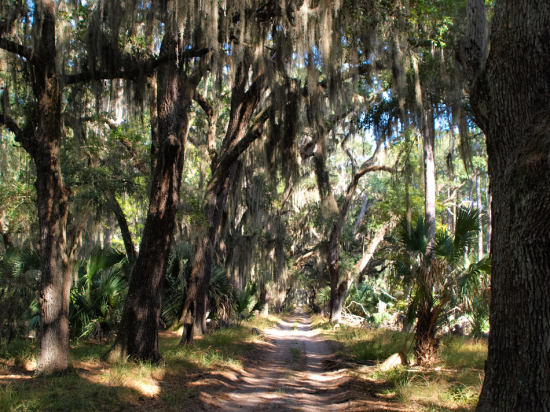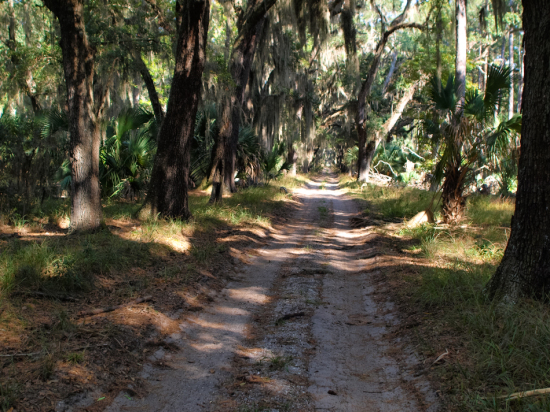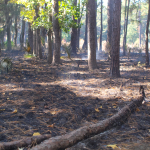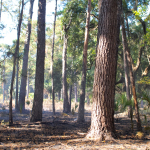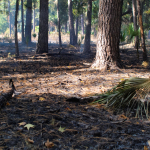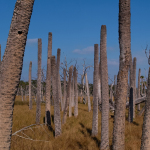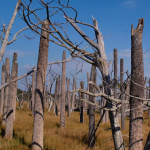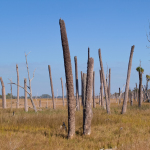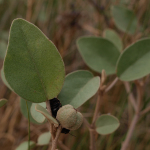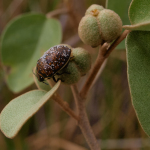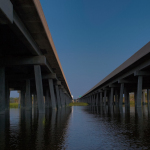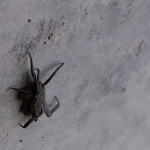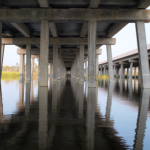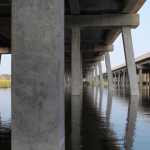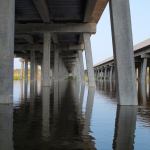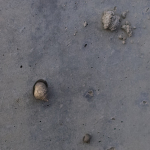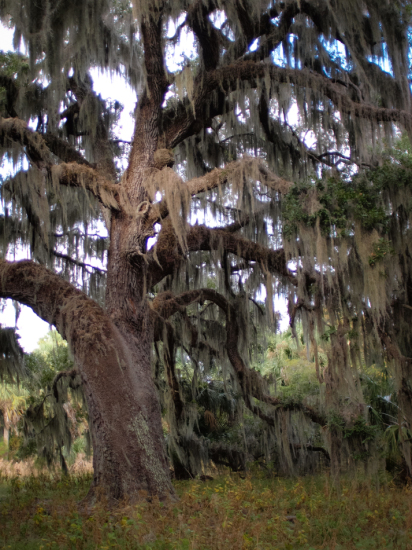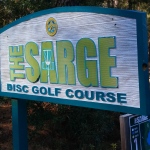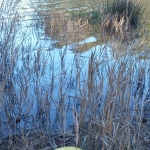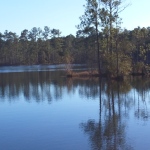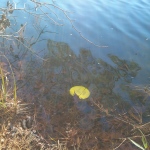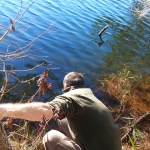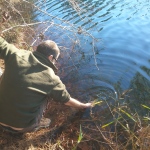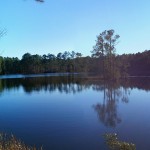The Genesis Project was an attempt at self-sustained living conducted on Ossabaw Island in the 1970s and early 80s. The ruins are picturesque – bathed in the moss-filtered sun.
Images
Wax Myrtle
A coastal and fragrant species of bayberry, Morella cerifera.
Road through Ossabaw Island
Management of Ossabaw Island
I joined a faculty development trip to Ossabaw Island, one of the few undeveloped barrier islands on the Georgia coast, in November. The island is restricted in its use to academic pursuits (both science- and humanities-related), and its wildlife is managed by the Georgia-DNR… there are quite a few wild boar on the island.
Some areas apparently received prescribed burns. The thick leaf litter from the maritime forests smolders slowly, and the thick bark of the pines and live oaks protect them well.
A tumblr link

A test cross-post.
Salt intrusion
Changes in the salinity of the brackish marshes have wiped out some of the cabbage palm lining the marsh’s highlands. Forests of dead palm remain, perforated by woodpeckers.
These salinity changes are likely a result of sea level rise.
Croton punctatus
Gulf or Beach Croton (Croton punctatus) with a sand-covered beetle.
I’m not sure what the beetle is doing, but it was actually the beetles that caught may attention when walking passed this plant on the dunes of Ossabaw Island. If anyone has and ideas, please share.
I’ve seen and posted about another species of Croton (C. argenteus), native to Costa Rica.
Concrete salt marsh
Some images from kayaking under the new Harry Truman bridge spanning the Vernon River and Salt Marsh. The Fiddler crabs and Marsh Periwinkle take refuge on a few of the support pillars.
Live Oak at Genesis Project ruins
A day of disc golf
At the Sarge Disc Golf Course.

